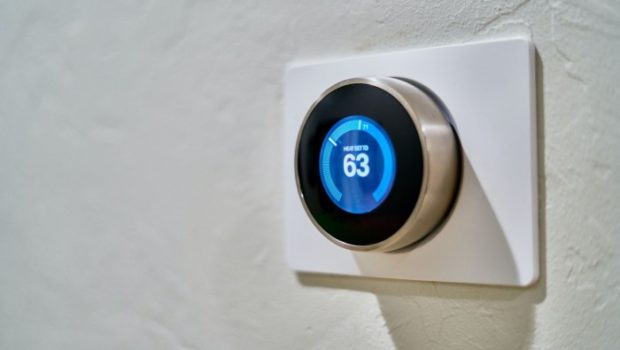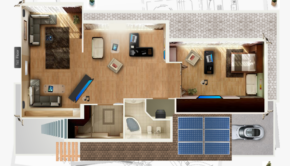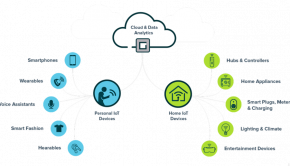How Smart Homes are Taking Over the Connected Space
‘Smart homes’ is longer a mere buzzword on the tips of the tongues of the public. Now, with more and more advanced AI and robotic advancements, the truly integrated factor in all connected homes is coming forward. There are only a few American households that do not yet rely on a smart speaker to chime in the weather forecast of the day in the morning.
And, as smart homes technology becomes even more prominent and easily-available, connected spaces will be the definition of all homes over the world. With far-reaching research and robotic technology coming forward, and, of course, with the use of home automation coming into the light, soon all homes are going to be the perfect example of what was once considered as utopian fantasies alone.
Hence, this leads us to the future of smart homes, the integration of connected spaces as never thought before, and the most advanced embedded GUI. First, we should consider how embedded GUI paved the way for the connected spaces that we have today.
Connected spaces: an integration of GUI
You could not think of a smart home without the use of embedded GUI. For those not familiar with embedded GUI: It is the integration of softwares and microcomputers into devices to make their (devices) working more user-friendly, graphical, and easy to get accustomed to, along with keeping energy and resource conservation in mind.
Smart devices like the smart fridges with food monitors for expiry and stock, recipe recitals while you cook, fridge picture display, etc., use your commands on the screen to show whatever you require it to do. All you need to do is to press a few buttons.
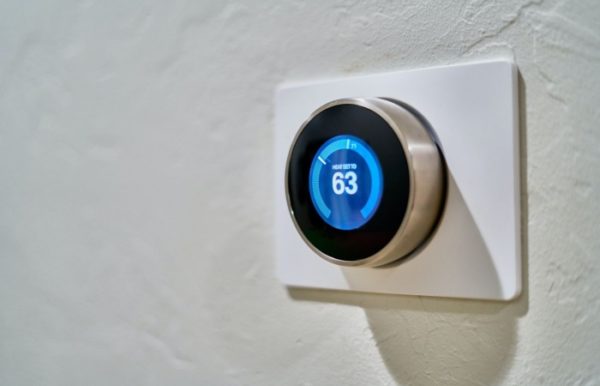
No need to know to code, the working that goes behind the smart fridge screen, or any other such complicated factor. The ease of day-to-day life that the smart fridge brings you with its screen is actually what embedded GUI does for you.
Microcomputers embedded into the fridge help monitor the food, provide voice command answers, and play videos! All that you need to do from your side is to relay commands using voice or touch, making use of the GUI, and the embedded computers will then carry the order for you.
You could understand this by keeping other popular devices in perspective, like Amazon Echo, smart thermostats, smart vacuums, etc. which rely on your commands to the embedded GUI that can then be executed. You, too, can easily build your own smart devices with Crank Software and remarkably simple embedded GUI designs.
Smart homes are also an increasingly well-intended practice that falls under one of the best features of embedded GUI. Just as the past computers required a lot of energy for command execution, needed greater space, and emitted a lot of heat, past appliances are more energy consuming if left on without supervision, or require constant manual supervision. As embedded GUI helped decrease energy consumption, remote control of home appliances led to increased energy saving and decreased heat emission from devices left on.
How smart homes are taking over the connected space?
Soon when homes are truly smart and not just because they are connected (to the internet), home automation is going to be an integral factor.
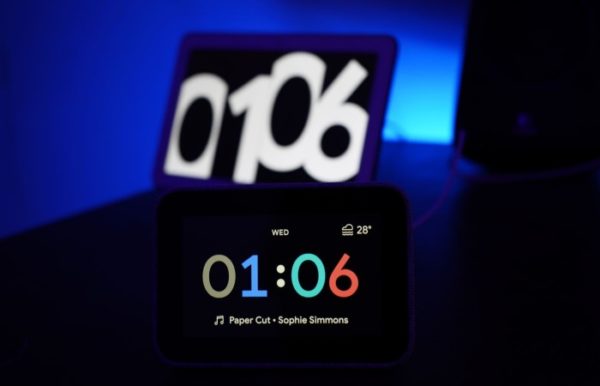
Presently, the so-called smart homes rely on the commands that the user gives and hence carry them out. But is it really smart? If considered keeping in view what actual ‘smart homes’ can be, the present smart home phrase is only an exaggeration of what is and an understatement of what can be.
As smart homes truly come into being, expect just a connected home space with some devices connected, and relying on command, the following visionary concepts could come into existence.
Health applications
We are once again back to our smart fridges. Yes, a smart fridge can show what its contents are when they are expiring or a healthy breakfast recipe from the internet, but can it help to keep you healthy? Presently, no.
Soon the embedded GUI design can get advanced enough where the fridge automatically senses which of the home occupants are getting their hand over far too many snacks or are taking too many sugary sips. The resulting alternatives for too many snack breaks will, of course, be relayed by the embedded GUI.
Unbelievable technologies for keeping medicine cabinets in check for medicines taken, human waste and urine analyzed in the toilet bowl for health conditions, are being researched. Mirrors that can detect health issues from skin conditions and truly smart homes that can detect pest infestation etc. might come into being before too long.
Futuristic appliances
You can soon see smart devices that switch their functions according to your schedules. In fact, a lot of upcoming sites like TechStun are already reviewing & conceptualizing such gadgets. There will be smart alarms that automatically switch their ringing time according to what your appointments for the next day are. You could come across showers that automatically turn on the heat anticipating your arrival time in the bathroom.
You could get full wall lights that mimic natural light but are energy efficient. There can also be smart, singular smart devices that accommodate all occupants of smart homes and perform several variants of the same function in different rooms of the house.
While we may presently not be at a place to be considered strictly smart, we are halfway there. With robots working our floors to a spotlessly clean area, and smartwatches pinging our calorie burns once in a while, the future is already here. Soon smart homes will truly come into being with home automation and easy to build embedded UI designs.

